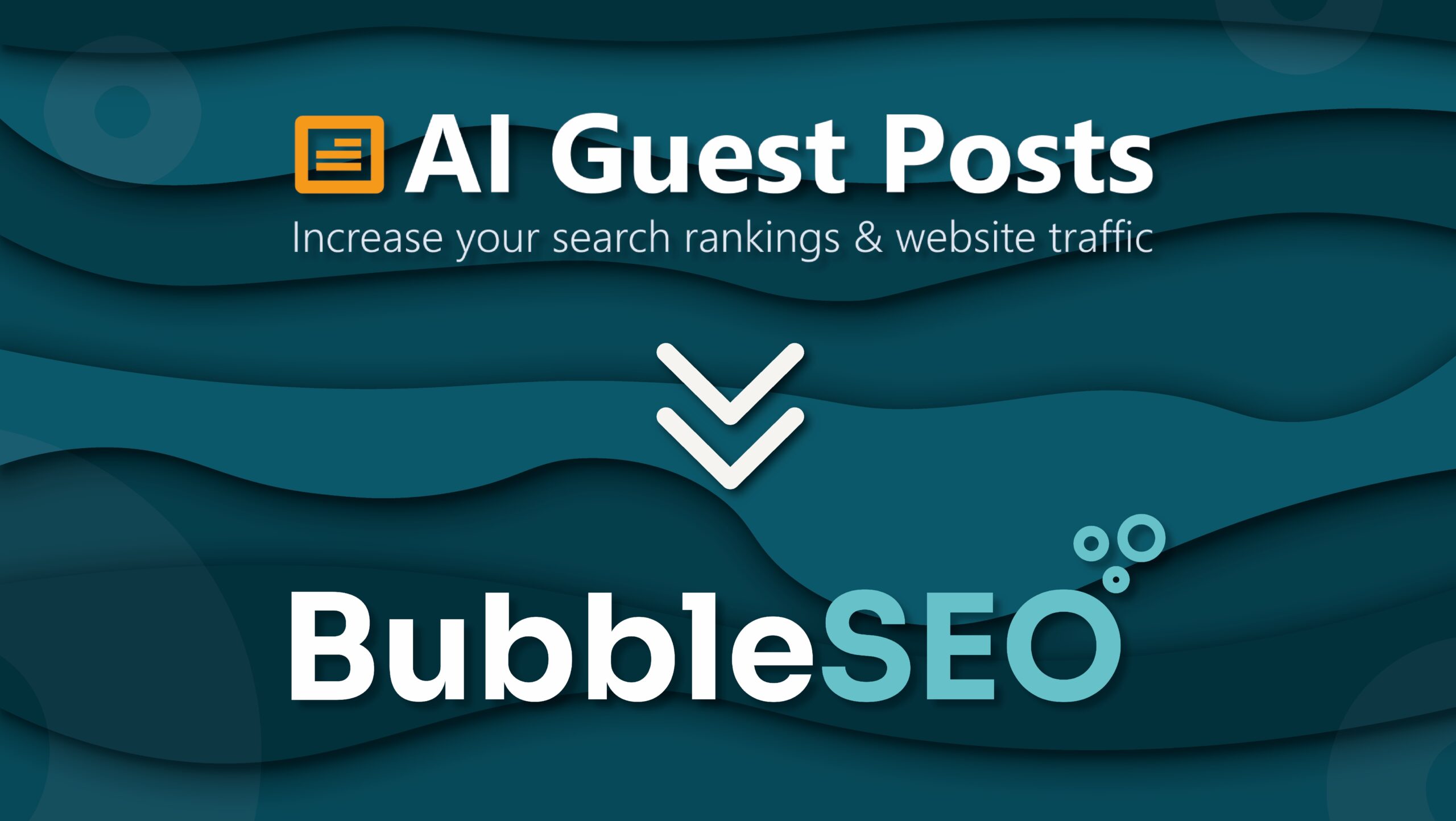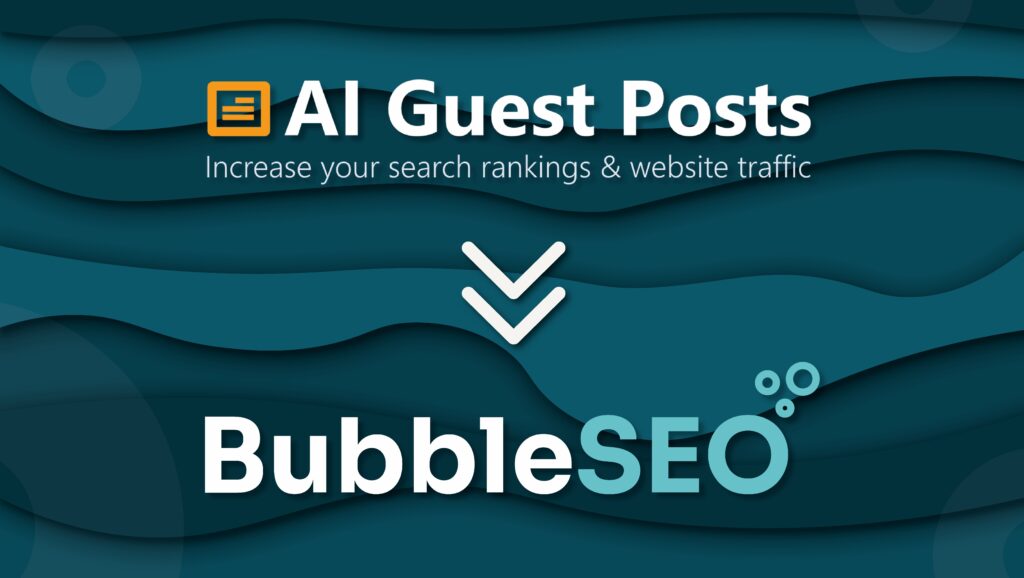
In today’s digital world, small businesses face increasing challenges in standing out online. Your content, SEO strategy, and overall online presence play a crucial role in ensuring your business gets noticed. But with so much competition, how do you cut through the noise? Investing in professional content writing services can make all the difference. Here’s how: Boosting SEO with High-Quality Blog Content Blogs are a powerful tool for improving your website’s SEO rankings while providing valuable and engaging content for your audience. According to HubSpot, businesses that blog get 55% more website visitors than those that don’t. Regularly publishing well-written blogs can: Establish your expertise in your industry. Keep your audience informed and engaged. Enhance your website’s authority in search engines. SEO tools like SEMrush can help identify the right keywords and topics to focus on, ensuring your blog content is both relevant and high-performing. Well-crafted blog content doesn’t just attract readers—it builds trust and converts them into loyal customers. Bubble SEO’s content writing services can help you create blog content that delivers real results. SEO-Optimised Product Descriptions for E-Commerce For e-commerce businesses, product descriptions do more than inform customers—they also play a crucial role in SEO. Optimised product descriptions can: Help products rank higher on search engines. Improve user experience with clear, compelling copy. Encourage customers to make informed purchase decisions. A great product description speaks directly to your customer’s needs while naturally incorporating relevant keywords. Professional content writers ensure that your product descriptions are engaging, error-free, and designed to boost visibility and conversions. Repurposing Content for Maximum Impact A strong brand voice requires cohesive and consistent messaging across multiple platforms. Repurposing content allows you to: Reinforce your brand identity. Increase engagement on social media, newsletters, and website pages. Improve your SEO by distributing valuable content across different channels. Additionally, content can be repurposed for email marketing campaigns—one of the most effective digital marketing channels, with an ROI of £42 for every £1 spent in the UK. A well-executed content strategy ensures seamless, impactful campaigns that drive engagement and conversions. 4. Compelling Copy for Paid Ads & PPC Campaigns Paid advertising and pay-per-click (PPC) campaigns rely on strong, persuasive copy. Well-crafted ad content can: Capture attention and increase click-through rates. Convince potential customers to take action. Enhance your return on investment (ROI) for digital ads. Think of your ad copy as your business’s first impression—engaging and persuasive content can be the difference between a missed opportunity and a new customer. Bubble SEO’s team specialises in creating ad copy that converts. 5. Improving Local SEO Rankings If your business operates in a specific location, ranking higher for local search terms is essential. Content writing services can support local SEO efforts by: Creating location-specific blog content. Developing targeted landing pages with optimised copy. Enhancing your Google visibility for searches relevant to your area. According to Google, 46% of all searches have local intent, meaning businesses that optimise for local SEO have a much higher chance of attracting customers in their area. Whether you run a coffee shop, a boutique, or a consultancy, strong local SEO strategies can bring more people to your door—both digitally and physically. Why Content Writing Services Are a Smart Investment As a small business owner, balancing content creation with day-to-day operations can be overwhelming. High-quality, SEO-optimised content isn’t just about ranking higher on Google—it’s about telling your brand’s story, engaging your audience, and turning visitors into customers. By outsourcing content writing, you ensure your online presence remains consistent, professional, and impactful. In a competitive digital world, compelling content isn’t a luxury—it’s a necessity.












